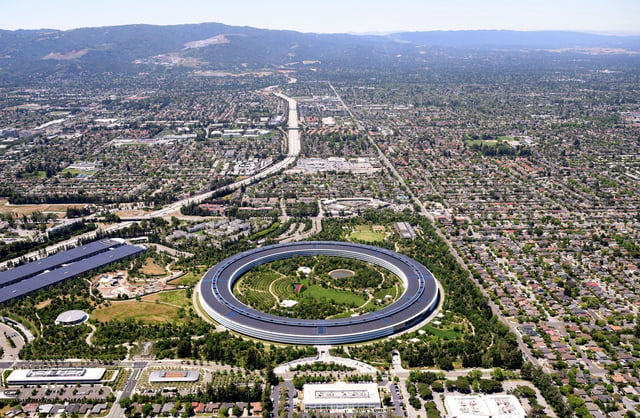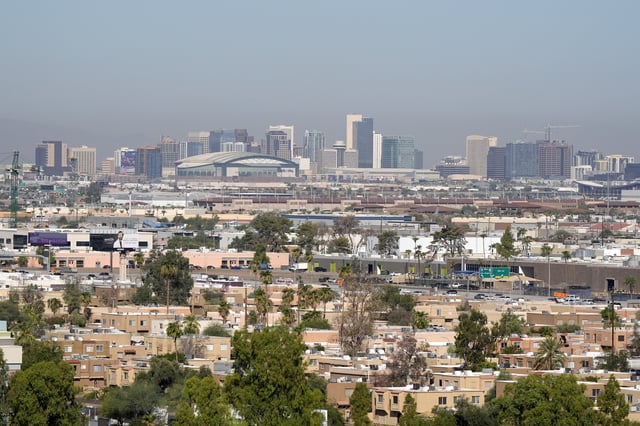Overview
- U.S. metro areas grew by 3.2 million people between 2023 and 2024, with international migration accounting for 2.7 million of the increase.
- Immigration is compensating for domestic outmigration in major cities like New York, San Francisco, and Chicago, which are rebounding from pandemic population losses.
- Southern states, particularly Florida and Texas, saw the fastest growth, with nine of the ten fastest-growing metro areas located in the South.
- Despite growth in metro areas, some regions like San Francisco and Los Angeles remain below pre-pandemic population levels, highlighting ongoing challenges.
- The U.S. population growth rate reached its fastest pace in 23 years, driven largely by immigration as birth rates continue to decline nationwide.



